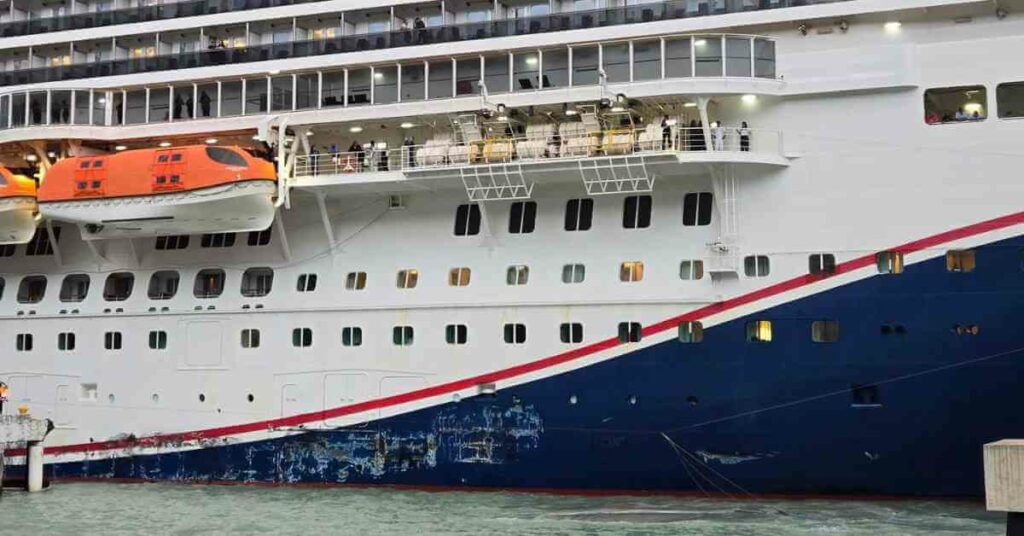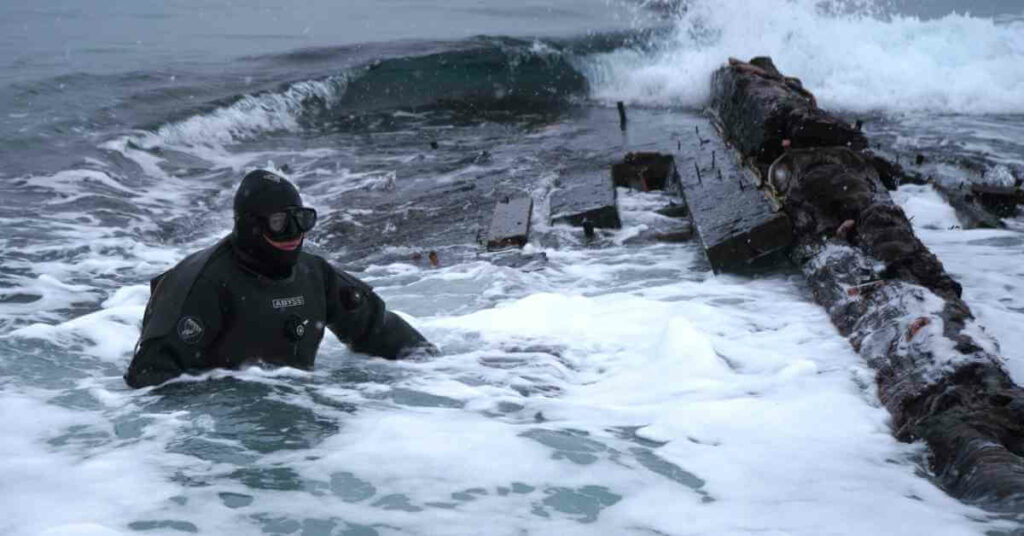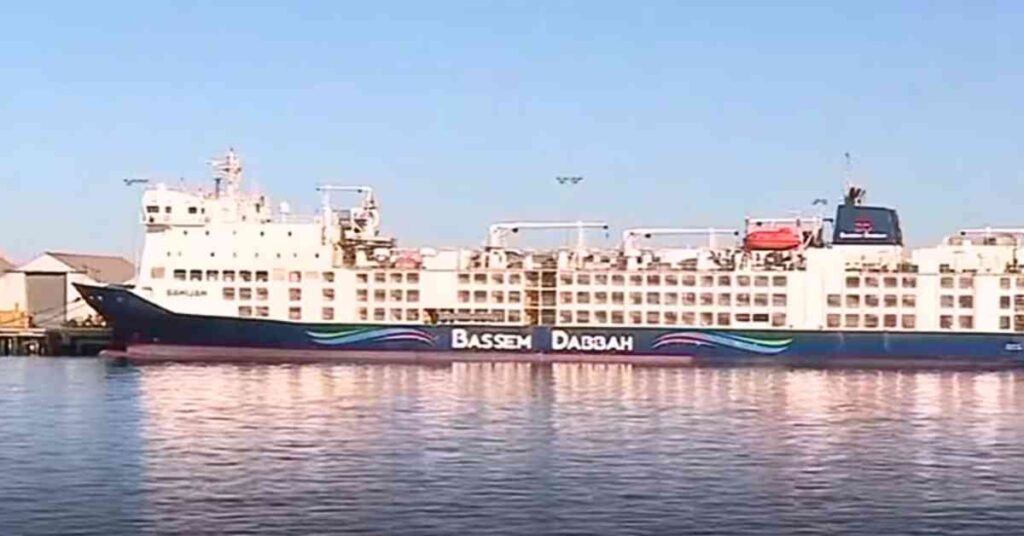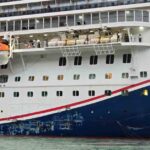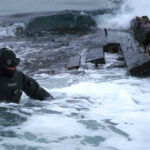Pacific Garbage Patch Is So Vast That It Is Now Supporting A Lively Ecosystem, Scientists Claim
In the Great Pacific Garbage Patch, a 620,000 square-mile swirl of garbage in the ocean between California and Hawaii, many coastal animals thrive, including crabs and anemones.
Credit: The Ocean Cleanup/YouTube
A new study published in Nature Ecology & Evolution shows that hundreds of species of coastal invertebrates are capable of reproducing on this plastic garbage.
Researchers found that plastic pollution is creating new floating ecosystems with species that are not commonly found in the open ocean. Unlike biological material, which degrades and sinks after a few months, plastic can float for years, giving these animals a chance to thrive and reproduce.
In her interview, lead author Linsey Haram said, “It was surprising to see how common coastal species were.” They were found in 70% of the trash.” There were 484 marine invertebrates from 46 different species among the 105 items of garbage studied, with 80% inhabiting coastal environments.
“We still found a lot of open ocean species,” Haram said. “However, two-thirds of them contained both communities.”
Haram concluded that these new arrivals might compete for food and space, as well as eat each other, regardless of their consequences on distant sections of the sea.
Exactly how they reach the open ocean and how they survive remain unknown; it is possible that they hitchhike on pieces of plastic from their original homes or that they colonize new objects.
The Great Pacific Garbage Patch is the largest of five huge circulating ocean currents that trap debris at its centre. While out at sea, you may spot bits of plastic, but it’s not as dense as you might expect, says Matthias Egger, Head of Environmental and Social Affairs for The Ocean Cleanup.
“It’s like looking up at night and seeing white dots.” The patch is expected to contain 1.8 trillion pieces of plastic weighing 80,000 tonnes, the majority of which came from fishing and 10-20% from the 2011 Japanese catastrophe.
The UN Environment Programme estimates that 460 million tonnes of plastic are generated each year, with only 9% being recycled and 22% ending up in the ocean as trash. According to Egger, “the problem is getting worse by the minute,” with many marine species becoming entangled in ghost fishing nets or eating microplastics.
To help tackle pollution, The Ocean Cleanup designed a U-shaped barrier with a net-like skirt that hangs below it to collect faster-moving plastics as they pass. They want to examine its impact on marine life before extending their project, as long as it is environmentally friendly.
The UN Environment Assembly passed a resolution last year to end plastic pollution, with an agreement scheduled for 2024, a legally binding contract addressing the entire life cycle of plastic. However, a recent study found that if the policy is not implemented soon, the rate of plastics entering our oceans could nearly triple by 2040.
Reference: CNN, Independent
Do you have info to share with us ? Suggest a correction
About Author
Marine Insight News Network is a premier source for up-to-date, comprehensive, and insightful coverage of the maritime industry. Dedicated to offering the latest news, trends, and analyses in shipping, marine technology, regulations, and global maritime affairs, Marine Insight News Network prides itself on delivering accurate, engaging, and relevant information.

About Author
Marine Insight News Network is a premier source for up-to-date, comprehensive, and insightful coverage of the maritime industry. Dedicated to offering the latest news, trends, and analyses in shipping, marine technology, regulations, and global maritime affairs, Marine Insight News Network prides itself on delivering accurate, engaging, and relevant information.
Latest Videos Articles You Would Like:
- Cruise Ship Damaged Due To Severe Weather, Passengers Stuck Abroad
- Archaeologists Examine 19th-Century Shipwreck Found On Canadian Coast
- Australia Stops Livestock Ship From Sailing Around Africa To Israel Amidst Houthi Attacks
- Iran Warns U.S. Of Targeting Cargo Ships Following Latest Airstrikes On Houthis
- Watch: Ukrainian Forces Destroy Russian Missile Boat In Black Sea Operation
- Two Dead After Tragic Collision Between Water Taxi And Passenger Ferry In the Philippines
Subscribe To Our Newsletters
By subscribing, you agree to our Privacy Policy and may receive occasional deal communications; you can unsubscribe anytime.



